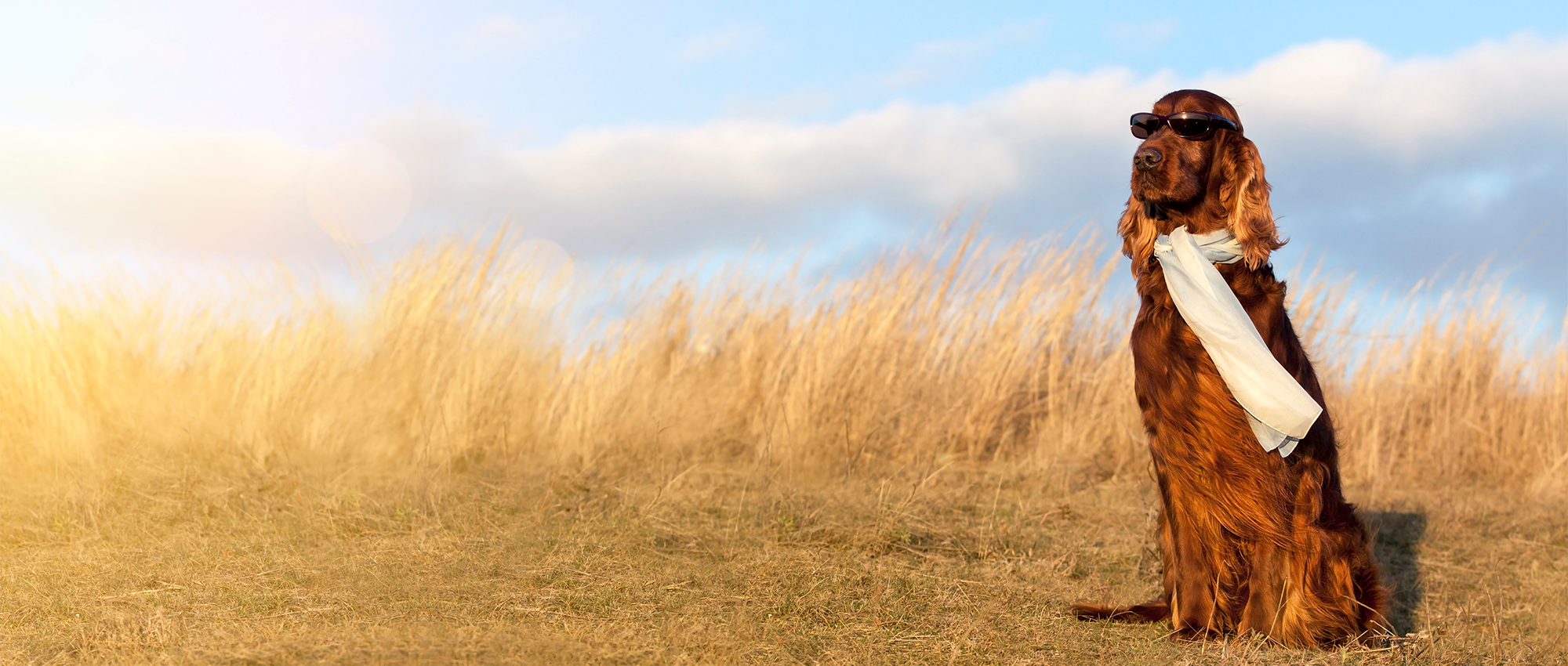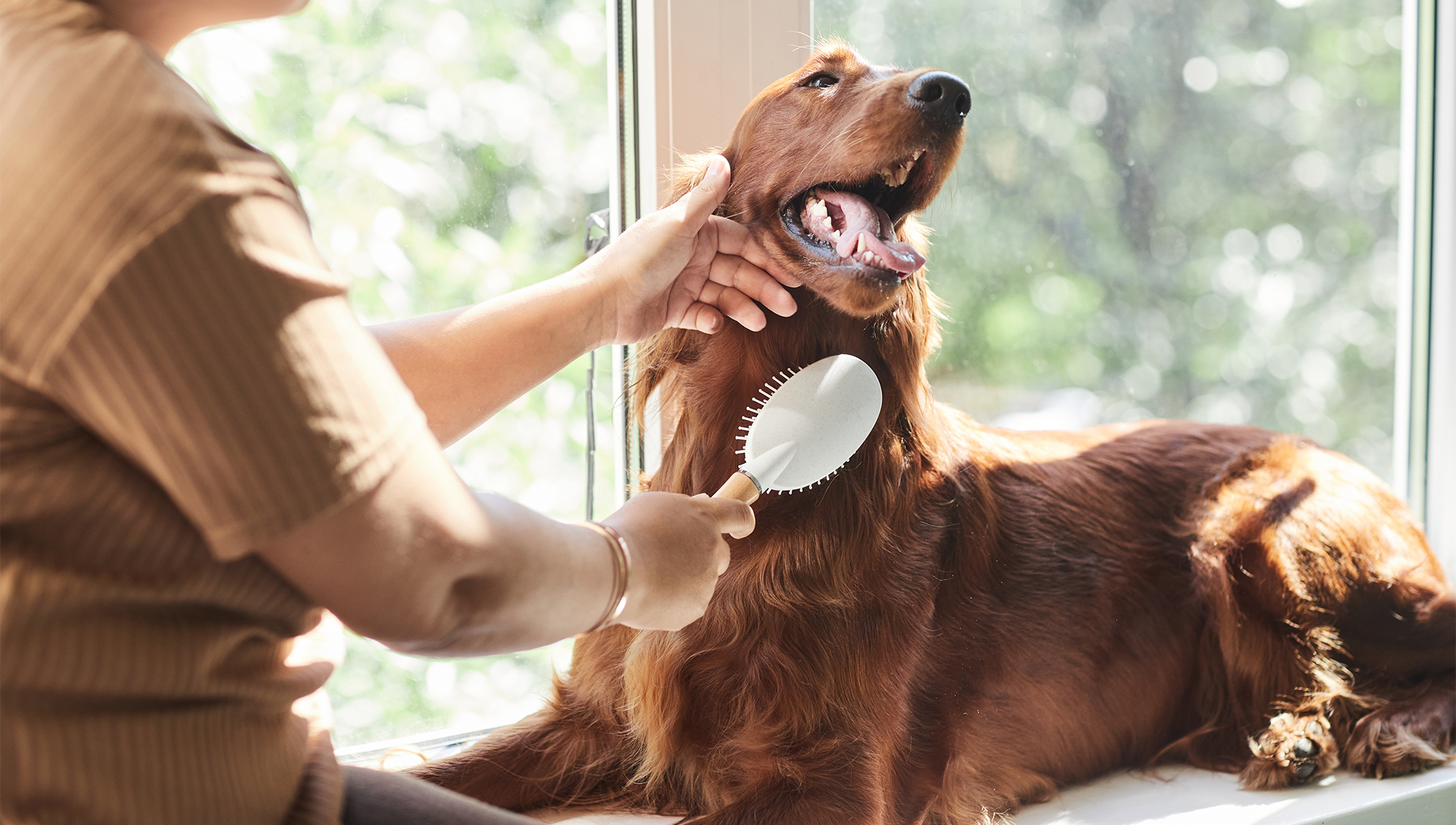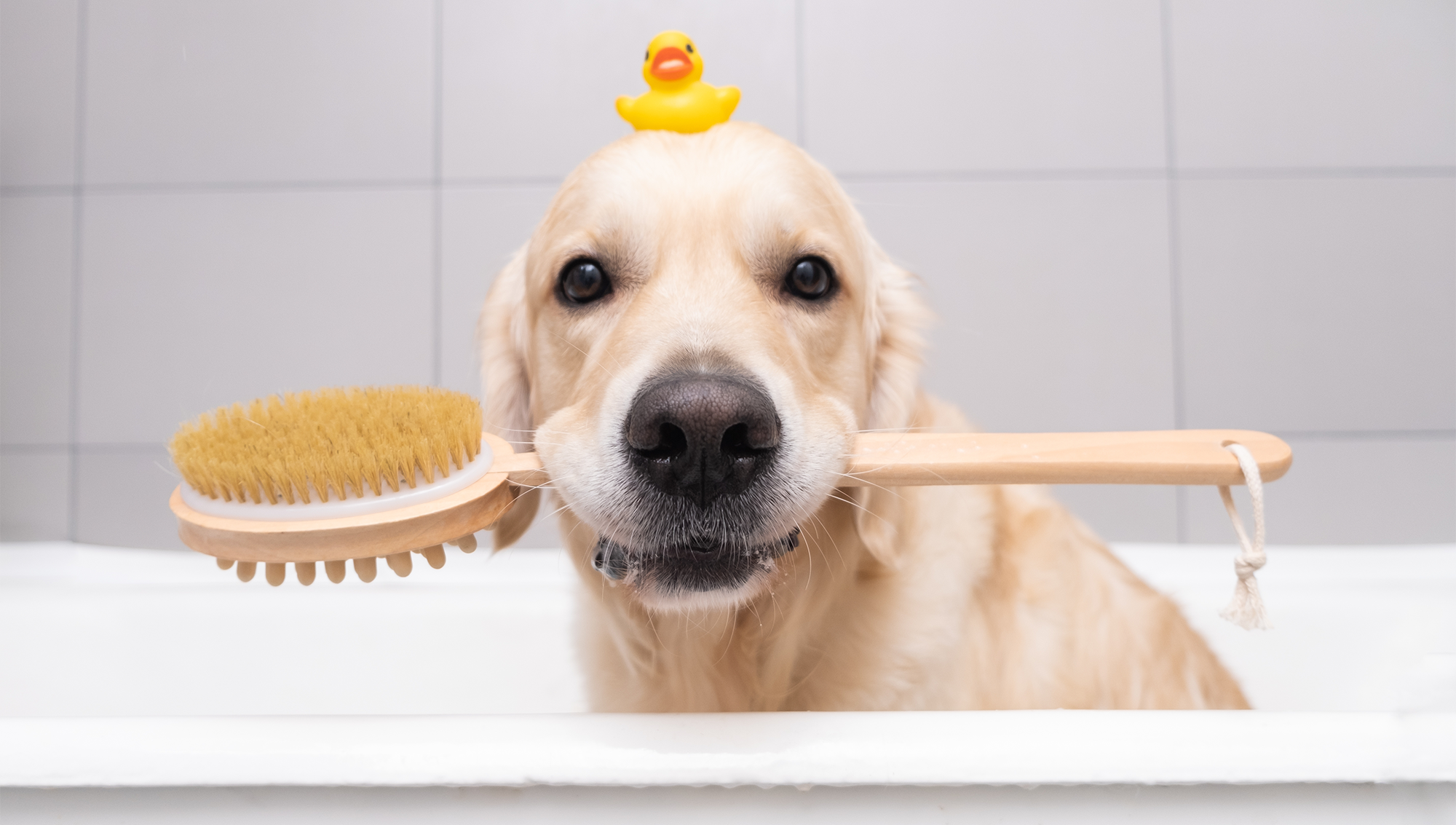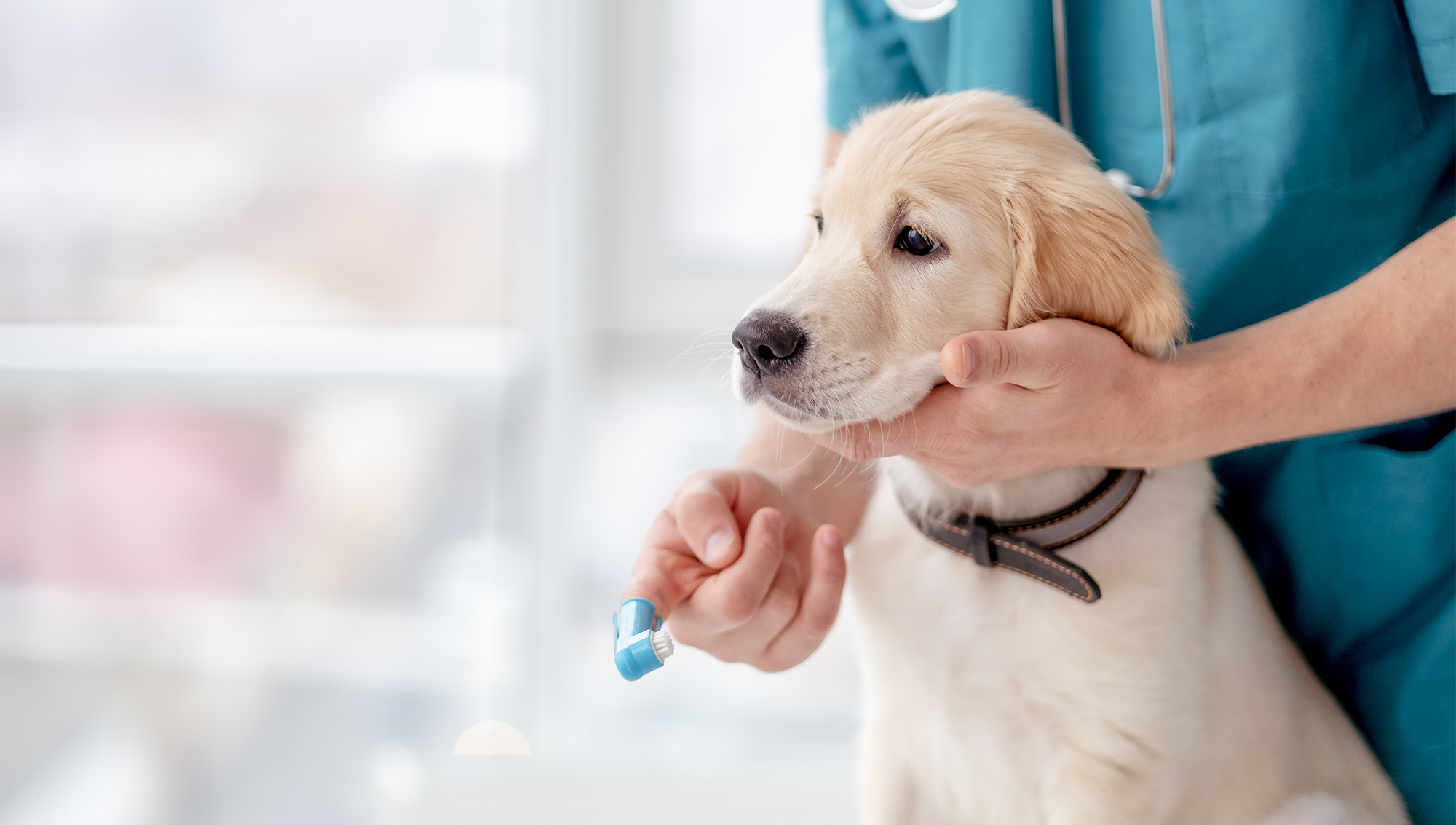Dog Grooming 101: A Beginner's Guide
An Introduction
Dog
grooming is an important aspect of being a responsible pet owner. Regular
grooming not only keeps your dog looking their best, but it also helps maintain
their overall health and well-being.
One of the most important things to consider when grooming your dog is their coat type. Different dog breeds have different types of coats, and each type requires its own specific grooming routine. For example, dogs with long hair, such as Maltese or Shih Tzus, will require more frequent brushing and trimming to keep their coats free of tangles and matting. Short-haired breeds, such as Boxers or Bulldogs, will require less frequent grooming but may still need occasional brushing to remove loose hair.
Brushing
When brushing your dog's hair, the type of brush you use will depend on the type of coat they have. Here are a few types of brushes that can be used on dogs:
- Slicker brush: A slicker brush has fine, closely spaced wires that are great for removing tangles and matting from long haired breeds. They are also effective for removing undercoat for breeds that have a lot of shedding.
- Pin brush: A pin brush has long, metal pins with plastic or rubber tips that are good for detangling and smoothing the coat of medium to long-haired breeds.
- Bristle brush: A bristle brush has stiff bristles that are great for removing dirt and debris from short-haired breeds. They are also effective for distributing natural oils throughout the coat to keep it shiny and healthy.
- Comb: A comb with fine teeth is great for removing tangles and matting, especially for breeds with curly or wiry hair. A wide-toothed comb can also be used to remove tangles and matting, but it's also good for removing debris and distributing oils through the coat.
- Rake: A rake is a great tool to remove dead hair and undercoat, especially for breeds with thick double coats.
Just like with grooming frequency, it's important to consider the type of coat your dog has when choosing a brush as well. If you're not sure what type of brush is best for your dog, you can consult with your veterinarian or a professional groomer for advice. It's also important to brush your dog regularly, to help keep their coat shiny and healthy, and to prevent matting and tangling.
Bathing
Another important aspect of dog grooming is bathing. How often your dog needs a bath will again depend on their coat type, activity level, and overall cleanliness. A general rule of thumb is to give them a bath every 3-4 months, but certain dogs may require more frequent bathing. When bathing your dog, it is important to use a dog-specific shampoo and to make sure that you rinse them thoroughly to remove all traces of soap.
Getting Started
First, wet your pet's coat thoroughly and apply a small amount of shampoo to their skin. Gently massage the shampoo in and work it through their coat, being careful to avoid their eyes, ears, and nose. Leave the shampoo on for a few minutes to allow it to fully penetrate the skin and coat. Rinse your pet off with warm (not hot) water, and then dry them with a towel or blow dryer.
When comes to drying, it is important to dry your dog after washing to prevent them from getting chilled or becoming uncomfortable. There are several ways you can dry your dog, including using a towel, a dog blow dryer, or allowing them to air dry.
When using a towel, gently pat the dog dry, being careful not to rub too hard as this can irritate the skin.
A dog blow dryer, set on low or medium heat and held at a safe distance from the dog, can also be used to dry them off.
If you choose to air dry, make sure that the dog is in a warm and dry place and not in direct sunlight.
If a dog isn’t dried properly after being washed, there is a risk of skin problems. The remaining dampness can cause their skin to become irritated or infected. Bacteria and yeast thrive in moist environments, so if a dog is left damp, they may be at risk of developing skin infections or hot spots.
Additionally, if a dog is not dried properly and is left wet in a cold environment, they may become chilled, which can lead to hypothermia and other health problems.
It's also important to note that if the dog has long hair or thick fur, not properly drying can lead to matting of the fur, which can be uncomfortable for the dog and may require shaving or cutting the fur to remove the mats. You may need to use a dog blow dryer to speed up the process and ensure effective drying.

But What Shampoo Should I use?
We’ve used Oatmeal Shampoo extensively and have found it is a great option for pet owners looking for a gentle, yet effective way to clean their furry friends. Made from natural ingredients, oatmeal shampoo is a safe and non-toxic way to soothe irritated skin and leave your pet's coat shiny and soft.
Oatmeal is a natural anti-inflammatory and can help to soothe itchy, dry skin. It is also rich in antioxidants, which can help to protect the skin from environmental damage. This makes it an excellent choice for pets with sensitive skin, allergies, or other skin conditions.
When choosing an oatmeal shampoo for your pet, look for one that is made with all-natural ingredients and is free from harsh chemicals. Avoid shampoos that contain artificial fragrances, dyes, or other unnecessary additives. Additionally, make sure to read the label and look for a pH-balanced formula, as this will help to protect your pet's skin and coat.
Our shampoo of choice since 2009 has been Dermcare Aloveen Oatmeal Shampoo. It’s a little more expensive than other shampoos but it’s the real deal.
After using oatmeal shampoo, you'll notice that your pet's coat is shiny and soft, and their skin is soothed and moisturised. You'll also find that it helps to reduce itching and scratching, which can be caused by dry, irritated skin.
Overall, oatmeal shampoo is a great choice for pet owners looking for a natural and gentle way to clean and care for their furry friends. It is safe, effective, and easy to use, and will leave your pet looking and feeling their best.
And don’t Forget!
In addition to coat and bathing, there are a few other dog grooming tasks that you should consider. These include nail trimming, ear cleaning, and teeth brushing. Nail trimming should be done every 4-6 weeks, and ear cleaning should be done as needed. Teeth brushing is also important for your dog's dental health and can be done at least once a week.
We will address nail clipping and dental hygiene in more detail in future articles, however as with all aspects of grooming (but particularly with the more invasive procedures like nail clipping and dental hygiene), it’s vital to accustom your dog to being touched from an early age. Gently playing with their feet including in between their toes, putting your fingers in their mouth and ears, and around the rear end.
Making these early interactions calm and stress-free builds trust and will ensure grooming will become a bonding time for you and your dog, and not a battle for compliance.
Finally, know your limits. Every dog is different whether it be size, coat or even personality, and that can make some dogs more of a mission to groom effectively than others. If you feel you need assistance or you’re just not properly equipped enough, schedule regular grooming appointments with a professional groomer. Not only will professional groomers have the knowledge and tools to properly groom your dog, but they will also be able to spot any potential health concerns that you may have missed.
Overall, dog grooming is an essential part of being a responsible pet owner. By taking the time to groom your dog regularly, you will be helping to keep them happy, healthy, and looking their best.
If you're currently looking to gear up, all of our wonderful dog grooming products can be found HERE!!

Explore Popular Articles
-
Pet Adoption: The Gift of a Second Chance
28th Jan 2023The Situation Pet adoption and animal shelters play a crucial role in providing a second chanc
-
Dog Grooming 101: A Beginner's Guide
20th Jan 2023An IntroductionDog grooming is an important aspect of being a responsible pet owner. Regular groom
-
Welcome to Jolly Pets!
29th Dec 2022Hello and welcome to Jolly Pets!We're so excited to have you here!Who are we? What do we do? Why are








